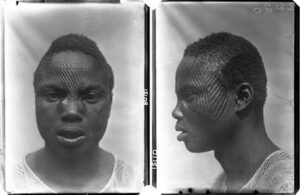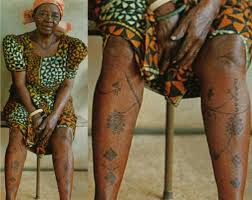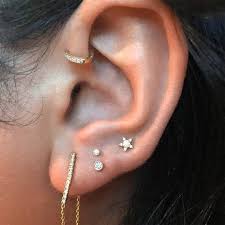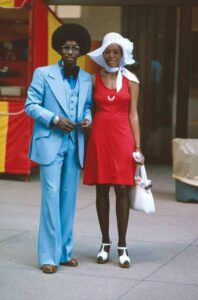Challenging Stereotypes: Embracing diversity in personal appearance
In a world celebrating diversity and individuality, the public’s perception of individuals adorned with tattoos, piercings, dreadlocks, leg chains, and other forms of unconventional expressions can be complex.
While many view these as fashion statements, cultural symbols, or personal choices, there persists a lingering tendency to stereotype and judge based on appearances.
Fashion vs. Stigma: A Dichotomy
Body art, once associated with rebellion and counterculture, has evolved into a mainstream trend. Tattoos, once a symbol of rebellion, now adorn individuals across professions and social classes. Similarly, piercings, dreadlocks, and leg chains have transcended cultural boundaries to become fashion accessories embraced by many.


However, despite their integration into mainstream fashion, there remains a dichotomy in societal perceptions. While some celebrate these expressions as a testament to personal freedom and creativity, others attach negative stereotypes, associating them with criminality, promiscuity, or unprofessionalism.
Cultural Significance vs. Misconceptions
For many, tattoos, piercings, dreadlocks, and leg chains hold profound cultural significance. They may symbolise heritage, religious beliefs, or rites of passage. Yet, individuals carrying these cultural markers often find themselves confronted with misconceptions that fail to recognise the depth of their traditions. examples are Indians with piercings, igbos with babies born with dreadlocks, Religion places and Footballer also keep dreadlocks as means of identification.


The association of such expressions with criminality or deviance perpetuates harmful stereotypes. This not only impacts individuals personally but also contributes to systemic biases in areas like employment and law enforcement.
Navigating Prejudice: Breaking Down Stereotypes
Efforts to challenge these stereotypes involve fostering understanding and promoting open-mindedness. Education on the cultural and personal significance of body art can bridge the gap between perception and reality. Initiatives encouraging inclusivity and diversity in media representation also play a crucial role in dismantling these stereotypes.


Moreover, addressing workplace discrimination is pivotal. Companies embracing diversity and creating inclusive policies help challenge preconceived notions about professionalism based on appearances.
Body Art and Hairstyles in the 80s Compared to the 90s
In the 80s, body art was a fashion statement embraced by individuals across generations, including mothers, fathers, and grandparents. Unique hairstyles were also a defining element of fashion during that era.

However, the perception has shifted in the 90s, where body art is often viewed differently, and maintaining unconventional hairstyles is now less prevalent.
Empowering Personal Expression: A Call for Acceptance
Promoting acceptance of diverse personal expressions is not just a matter of fashion but an advocacy for individual autonomy. It is an assertion that people should not be judged solely based on their appearance but recognised for the multifaceted individuals they are.
In conclusion, the journey towards dismantling stereotypes associated with tattoos, piercings, dreadlocks, leg chains, and other unconventional expressions requires a collective effort.
Embracing diversity, fostering understanding, and challenging preconceived notions will lead to a society that appreciates individuals for their character and contributions rather than their outward appearance.
Follow the Neptune Prime channel on WhatsApp:
Do you have breaking news, interview request, opinion, suggestion, or want your event covered? Email us at neptuneprime2233@gmail.com




